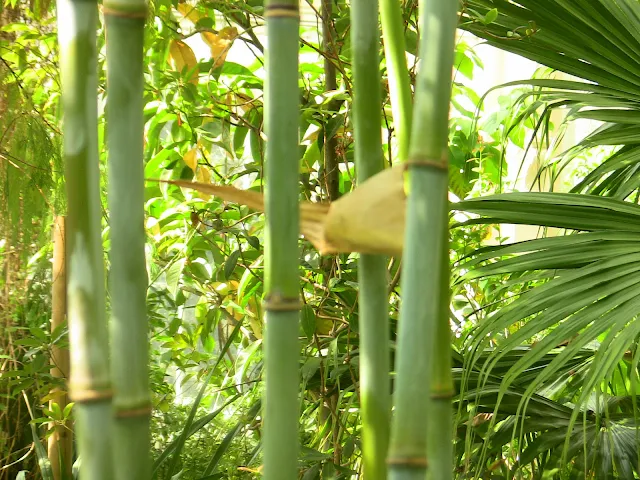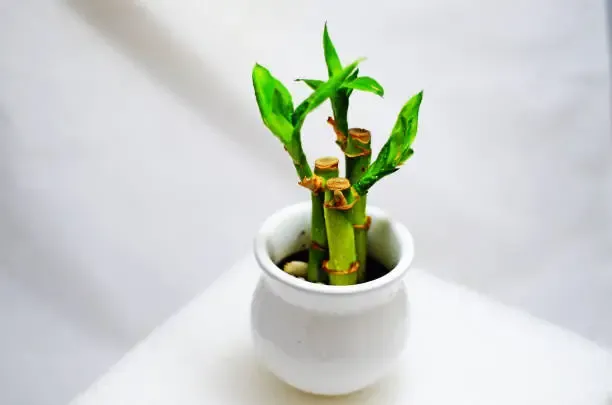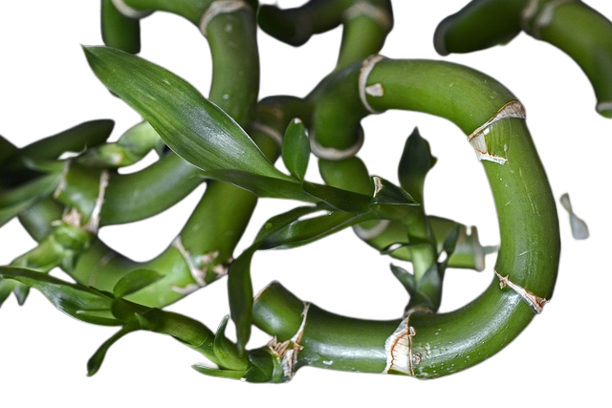The quest for height increase has led to the emergence of various methods, and one such approach is the Bamboo Method. Touted as a scientifically proven technique to enhance height naturally, the Bamboo Method draws inspiration from the growth patterns of bamboo plants.
This article aims to address the trending question - What is the Bamboo Method for Growing Taller? It gives a balanced and informative analysis of the Bamboo Method, addressing its key points, potential benefits, and scientific basis.
Highlight: Natural Growth and the Bamboo Method
The Bamboo Method asserts that by following its guidelines, individuals can achieve height increments of up to 7cm within a span of 12 months.
It draws a parallel between human and bamboo growth processes, offering insights into stimulating the body's natural growth mechanisms.
The approach emphasises nutrition, exercise, posture correction, and tailored routines to facilitate height enhancement.
𐩘𐩘𐩘𐩘
(Here is the latest article on Bamboo Method you will find useful - click here)
Critical Analysis of the Bamboo Method
1. Suitability for All Ages: The Bamboo Method positions itself as suitable for both men and women of all ages. Its appeal lies in providing a safe alternative to hormone treatments and surgeries, often associated with health risks.
2. Inclusion of Factors: The program focuses on essential factors like nutrition, exercise, and posture. While these aspects undoubtedly impact overall health, the exact connection between these factors and height increase requires more comprehensive scientific validation.
3. Safety and Natural Approach: The Bamboo Method prides itself on safety and a natural approach. Its avoidance of invasive methods is a positive aspect; however, its claims of safety must be scrutinized against individual health conditions.
4. Results and Individual Variability: The Bamboo Method promises height increase within a specific timeframe. Yet, individual results may vary due to genetic factors, growth plate closure after puberty, and lifestyle variables.
5. Scientific Research: The assertion that the Bamboo Method is scientifically proven warrants closer examination. While it is rooted in a natural approach, the extent of scientific research validating its claims requires further scrutiny.
6. Post-Puberty Application: The Bamboo Method claims to be effective even after puberty. The notion of post-pubertal height increase challenges conventional understanding of growth plate closure, necessitating a more nuanced discussion.
Click here to check out the amazing bamboo facts: The Bamboo Method for Growing Taller draws a parallel between human and bamboo growth processes.
Benefits of Bamboo Murabba: Health and Height
Beyond the Bamboo Method, bamboo murabba, a product derived from bamboo shoots, has captured attention due to its potential height-enhancing benefits.
While anecdotal evidence supports the idea that bamboo shoots can contribute to height growth, the scientific foundation is not yet robust.
1. Cellular Regeneration: Bamboo murabba's compounds, including proteins and vitamins A and E, are suggested to aid cellular regeneration. While this can positively impact overall health, the direct link to height increase requires more research.
2. Hyperglycemia Management: The potential blood sugar-regulating properties of bamboo murabba offer health benefits. However, the correlation between blood sugar levels and height increase remains speculative.
3. Immune Health and Cholesterol Management: Bamboo murabba's potential to boost immunity and maintain cholesterol levels aligns with general health improvement. Yet, the precise influence on height remains uncertain.
4. Stress Reduction: Stress reduction through a balanced lifestyle and nutritious diet is well-established. Its role in height increase, although indirect, contributes to overall well-being.
Click here to find out if the bamboo method is fact or fiction.
A Balanced Perspective
The Bamboo Method presents an intriguing approach to height growth by leveraging the growth patterns of bamboo plants.
While its emphasis on natural methods is commendable, its direct impact on height increase requires deeper scientific validation.
Similarly, bamboo Murabba's potential health benefits are valuable but should be approached with realism. Individuals seeking height enhancement should consider a holistic approach, including a balanced diet, exercise, proper posture, and consulting healthcare professionals.
Final words (What is the Bamboo Method for Growing Taller?)
In conclusion, while the Bamboo Method and bamboo murabba offer interesting avenues for exploration, their effectiveness in substantial height increase necessitates further scientific inquiry.
As with any health-related pursuit, a well-informed approach, guided by scientific evidence and professional advice, is crucial for optimal outcomes.



.png)







.png)
.png)
.png)

.png)
.png)











